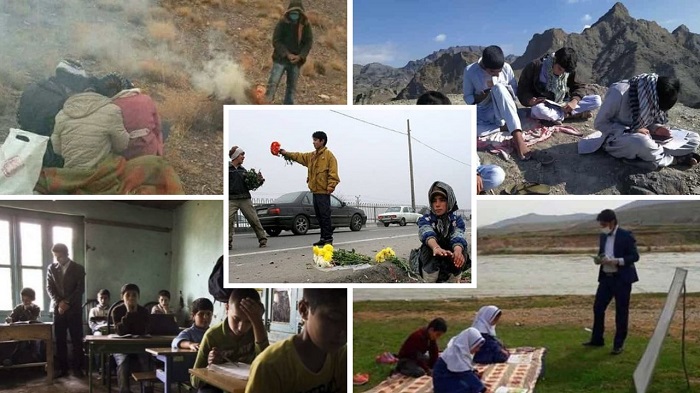
(PMOI / MEK Iran) and (NCRI): According to surveys and government claims, 3 to 3.5 million Iranian students have dropped out of school since the coronavirus pandemic began.
The People’s Mujahedin of Iran (PMOI / MEK Iran), and the National Council of Resistance of Iran (NCRI), reported that not only has the coronavirus pandemic altered the shape of enterprises and the global economy, but it has also altered numerous socio-political structures. And now there is talk in Iran that these reforms will be permanent.
3 to 3.5 million Iranian students have dropped out of school
According to surveys and government claims, 3 to 3.5 million Iranian students have dropped out of school since the coronavirus pandemic began, a staggering amount that, if true, would push the country back decades in terms of education.
According to studies conducted in the East Asian region (which also saw the initial wave of the coronavirus outbreak), by 2030, 63 percent of university education in various nations, including East Asia, might be delivered online.
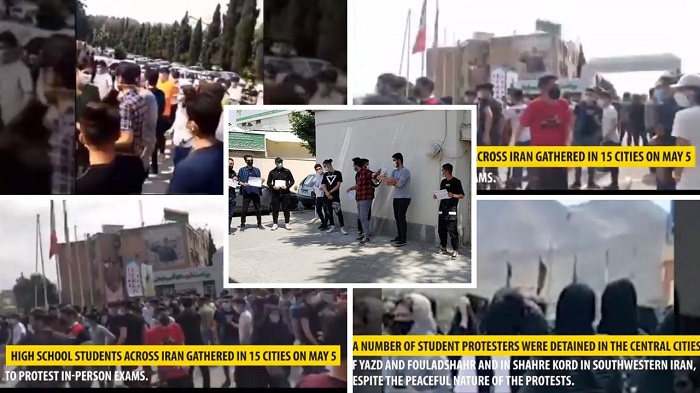
(PMOI / MEK Iran) and (NCRI): the Iranian students hold demonstrations, protesting the Education Ministry’s decision to test students at physical locations.
Schools outfitted with digital systems
In recent years, the Chinese Ministry of Education has made it a priority to encourage schools to adopt Internet tools, with the objective of having all instructors master computer science by 2022 and all schools outfitted with digital systems.
Iran has also experienced this situation with the so-called “Shad” (Happy) system, but it appears that the failure of this form of education is due to a lack of proper distribution of educational infrastructure in the country (lack of funds to buy tablets in deprived areas, frequent power outages and internet cut-offs in provinces such as Sistan and Baluchestan and Bushehr), which has practical implications.
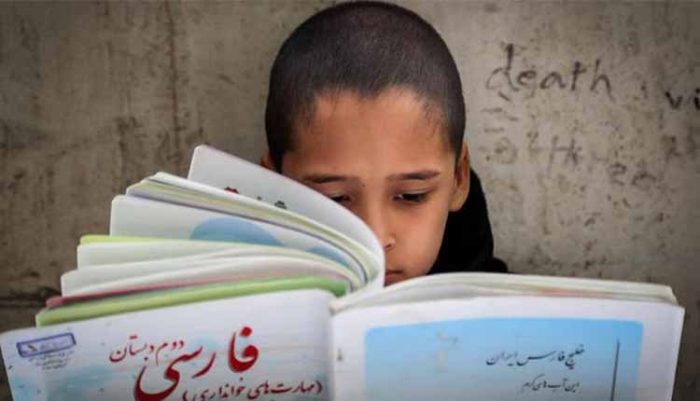
(PMOI / MEK Iran) and (NCRI): The bizarre situation of education in Iran under the mullah’s rule.
The “Shad” network
Students who are not registered in the “Shad” network meet the Minister of Education’s requirements for establishing statistics of school dropouts. Children are registered in the Shad network in many homes, but owing to poverty and deprivation, they are unable to finish their education.
Many kids (particularly in the lower grades) utilized their parents’ cell phones to connect to the “Shad” network, which was not available at all times of the day. Many families only had one phone, and many pupils were forced to study with it.
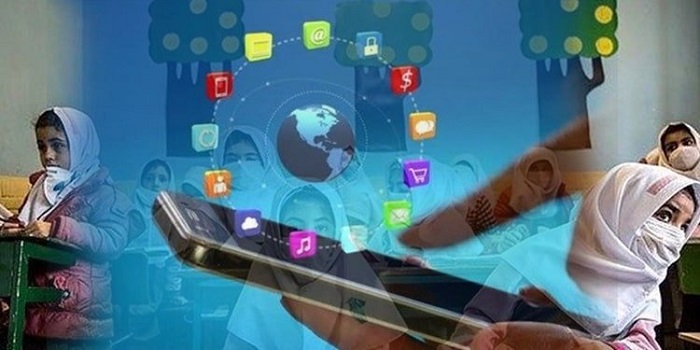
(NCRI) and (PMOI / MEK Iran): Students who are not registered in the “Shad” network.
Online education isn’t confined
Another member of parliament, Behrouz Mohebbi, estimated a 30 to 40% dropout rate during the pandemic in an interview with the state-run ILNA news agency in April of this year. However, the head of the Exceptional Education Organization, Javad Hosseini, claimed in January 2020 that 30% of students, or around five million children, do not have access to intelligent teaching tools.
After all, the issues with online education aren’t confined to the sort of education or the students’ and teachers’ ability to adjust to new circumstances.

(NCRI) and (PMOI / MEK Iran): around five million children, do not have access to intelligent teaching tools.
Disparities in Internet access and cyberspace
The topic of “educational justice” is connected with the question of online education, according to data from the Organization for Economic Co-operation and Development (OECD), which represents the world’s most industrialized countries.
But what is the relationship between these two issues? The concept of the “digital divide” can be used to explain the answer. The term “digital divide” refers to the socio-economic division that results from disparities in Internet access and cyberspace.
As a result, while economic inequality in Iran is increasing (as indicated by public statistics using the Gini coefficient), another type of inequality is emerging in the shadows: digital inequality.
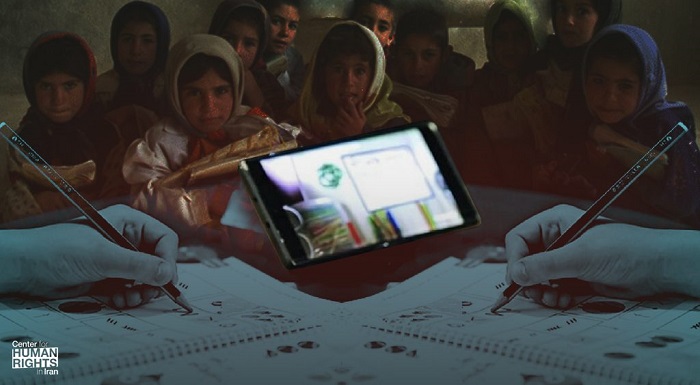
(NCRI) and (PMOI / MEK Iran): The topic of “educational justice” is connected with the question of online education.
MEK Iran (follow us on Twitter and Facebook)
and People’s Mojahedin Organization of Iran – MEK IRAN – YouTube
